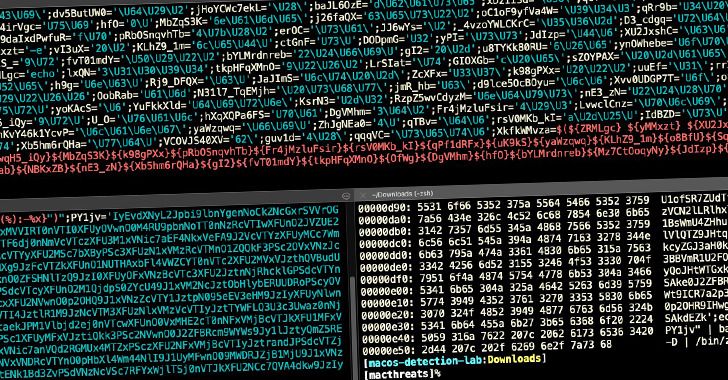Sep 3, 2021
Aerospace Corp. CEO sees winds of change in space procurement
Posted by Genevieve Klien in categories: business, security, space
The rapid commercialization of space and the establishment of the U.S. Space Force have created ideal conditions for change in the national security space business, says Steve Isakowitz, CEO of the Aerospace Corp. and former president of Virgin Galactic.
Aerospace, based in El Segundo, California, is a federally funded research and development center focused on analysis and assessment of space programs for the Defense Department, NASA and the National Reconnaissance Office.
In an interview with SpaceNews, Isakowitz says unprecedented opportunities are emerging for national security space organizations to capture commercial innovation. Defense programs won’t transform overnight, he says, but change is definitely in the air.


















